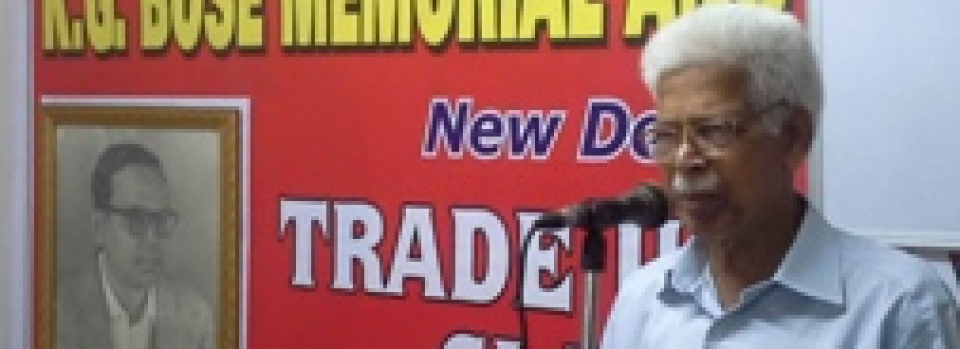Tags
It is 163 years back, on 10th May 1857, that the Sepoy Mutiny started at Meerut, which transformed in to the First War of Indian Independence.
The war continued for more than one year. The entire North Indian belt was captured or rather liberated by the sepoys and their leaders including many common people who took to arms. But it was difficult to hold the position before the mighty striking force of the British and their tactics of dividing the Indian rulers.
The valour of the leaders of the War of Independence like Rani Lakshmi Bai of Jhansi, Tantia Topi, Kunwar Singh and others are even now sung in ballads in the north.
The end of the war saw the end of the rule of the East India Company and the direct rule of the British colonialists. The Mughal and Maratha empires were liquidated.
The Indians were defeated. But it was the start of a bigger war. Within 100 years, in 1947, British were compelled to leave India resulting in the Independence of the Country.
There are a large number of books written on the Sepoy Mutiny or the First War of Independence analysing the background, the actual war and the after-effects. That was the biggest military attack on the British colonialism by one of their colonies. While the Indians treated the war prisoners including women honourably to an extent, the British after their victory brutally shot and hanged thousands of the sepoys and the commoners who supported them. Even in the British Parliament, it had its ramifications.
On this day we remember those heroes and martyrs who sacrificed their lives for the freedom of the country.






